Quick impressions! The Abyss Phi made its debut at SoCal CanJam 2017. The original Abyss was my reference headphone for the past few years and I was excited to hear the updated drivers. Many in the community were curious as to whether the upgrade was worth $1,500. New doesn’t necessarily mean better.
The original was the most dynamic headphone in existence and really do sound as close to a speaker system as you could get. The soundstage and tactility is unmatched. That said, there was a bit of mid and upper-midrange sheen that bothered me a bit, especially with some vocals. If that itself was corrected, I personally would consider the upgrade.
My goal was to take the original Abyss and my own cables to the various booths with the new Abyss Phi. This way I could test a variety of DAC, amps, and cables and hopefully have comparisons to other headphones to boot. This will give me a general idea of how the Abyss Phi has improved (or not) holistically.
Woo Audio Booth
Always a pleasure seeing Jack and Mike. Woo’s tricked out WA5 SE setup last year was a memorable one. I tried all of their setups but this year all eyes were on their new flagship. The WA33 ($8,000) was paired with a EMM Labs DA2 DAC ($25,000) and the headphones were the Abyss Phi and Focal Utopia.
I got in early so was able to have the setup all to myself for over a half hour. Perhaps the people in the setups behind me were just waiting but no matter! Gotta be selfish sometimes. The amp itself sounded beautiful. You really get lost in the music with a sound like this. Sometimes I found it difficult to be objective because I wanted to listen to the entire track (rather than 30-60 second clips). Simone Kopmajer’s voice had this very organic yet natural progression as she lifts and and carries her voice across the air. Holistically, this amp had a more smoother, warmer, and richer sound than the other two SS amps I’ve heard with the Abyss Phi. What you prefer will come down to preference.
As for the Abyss Phi, almost every setup at the show was using the JPS Superconductor HP cable. I also brought in my Danacable Lazuli Reference and Double Helix Cables Silver Complement4. Woo Audio were the first to obtain an Abyss Phi so it was probably more broken in than the rest. They also had unique etching of a giraffe on the baffle and a V2 tag. Lucky Woo.
I couldn’t just A/B the same 30 seconds over and over because the source was shared. Just took turns selecting songs and swap out cables when appropriate. It didn’t take long to hear the differences between the Phi and the original. The Abyss Phi was just more effortless, dynamic, had better separation, and sounded a lot more coherent. The original sounds flat and a bit grainy and treble-incisive in comparison. The Phi had more of a rolled off treble (a good thing) and had better extension over the original.
Wells Audio Booth
His reference amp was one of the hidden gems at the show. Not just aesthetically but in performance. I also enjoyed this setup because it was as close to my reference rig as I could get at the show (fronted by a Chord DAVE). The Abyss Phi had the lowest noise floor at the show with this amp. It was dead quiet. The original Abyss still had a bit of grey so that speaks of the improvement with the Phi. What was even more surprising was that it was the first SS amp I’ve tested where the Abyss sounded better without a direct connection to the Chord DAVE. Most amps veil the presentation in one way or another. With this show setup, I was able to easily A/B the two and there’s a significant improvement in dynamics, separation, soundstage, and detail. The Wells Audio Reference amp brought forth all of the Abyss’s best qualities and presents it in a limitless fashion. Anyone else hear this amp? Please post in the comments.
As far as sound, I was aware both the Phi and the amp were far from being broken-in so as expected it was a bit lean/cold. Notwithstanding this, the Phi sounds vastly superior to the original. I get a much more expansive sound with all players in the music being well delineated. The original just sounds unorganized and clumpy. The Abyss Phi offers a new level of refinement and clarity that I didn’t know I was yearning for. With show conditions it was difficult to assess whether it had Utopia’s level of resolution but I did hear more mico-details and “roundedness” over the original.
Lotoo & Abyss Booth
The grand finale! I finally had the chance to meet one of the masterminds: Jason Skubinski. He was able to give me a bit of backstory on the Abyss and some top secret info about the upcoming Diana. The Diana is going to be one incredible looking and sounding headphone. The Abyss itself was in development for many years before it was deemed worthy for your ears. They machine crafted all their parts from the ground up and each diaphragm is handmade and requires a bit of finesse to integrate into the headphone itself. We had a great discussion on the planar magnetic technology itself and the various approaches to design. These guys are passionate about giving you the ultimate headphone experience…and it shows.
As for the sound, I believe it was a XIAudio Formula S amp fronted by a Mytek Digital Brooklyn DAC. This amp was very clean sounding and although not as authoritative as the Wells Audio Reference, provided a very musical listening experience. The amp also paired very well with my Double Helix Cables Silver Complement4 headphone cables. So much clarity and control. At this point, the Abyss Phi was already a worthy successor to the original and listening out of this setup only solidified that assessment even more. They’ve done a great job listening to their customers and have developed a headphone that just sounds incredible. With the higher efficiency, it’s able to sound much more dynamic and provided more grip. The mid and upper-midrange is much more smoother than the original. So much so I asked Jason if he could take my headphone back to headquarters and have them swapped out immediately. Unfortunately that wasn’t possible as they’ve been flooded with new orders and original owners who want to upgrade. If you want to upgrade yours…I wouldn’t wait too long. From what I gather, the way the upgrade program works is once they receive the drivers, they have you send in your headphone. Then they’ll swap & ship.
Conclusion
Even under the noisy show conditions, the improvements with the Abyss Phi were apparent. If you enjoy the original Abyss, the upgrade is a no-brainer. Their signature sound is still there but just vastly improved across the entire spectrum. It is more tonally accurate with a more natural sounding timbre. If you were hoping it sounded more like a HE-1000 or a Utopia, it doesn’t. It’s still an Abyss. You’ll get more dimensional and clean sound where all the performers are well-delineated. There’s also much more micro/macro dynamics that could be heard and it’s definitely more detailed than the original. The original sounds a bit flat and fuzzy in comparison. Switching between the two in the various setups with various cables, it really didn’t take long. I was a bit befuddled because I thought the original was already capable of separating out all the instruments and vocals but the Phi does it even better. This is an unprecedented level of energy and transparency from a headphone. Best of all, it sounded great across all the amps at the show and you won’t need a speaker amp. Not only did the Abyss Phi mitigate the shortcomings of the previous model, they’ve provided tremendous sonic improvements across the board. Hats off to Abyss.

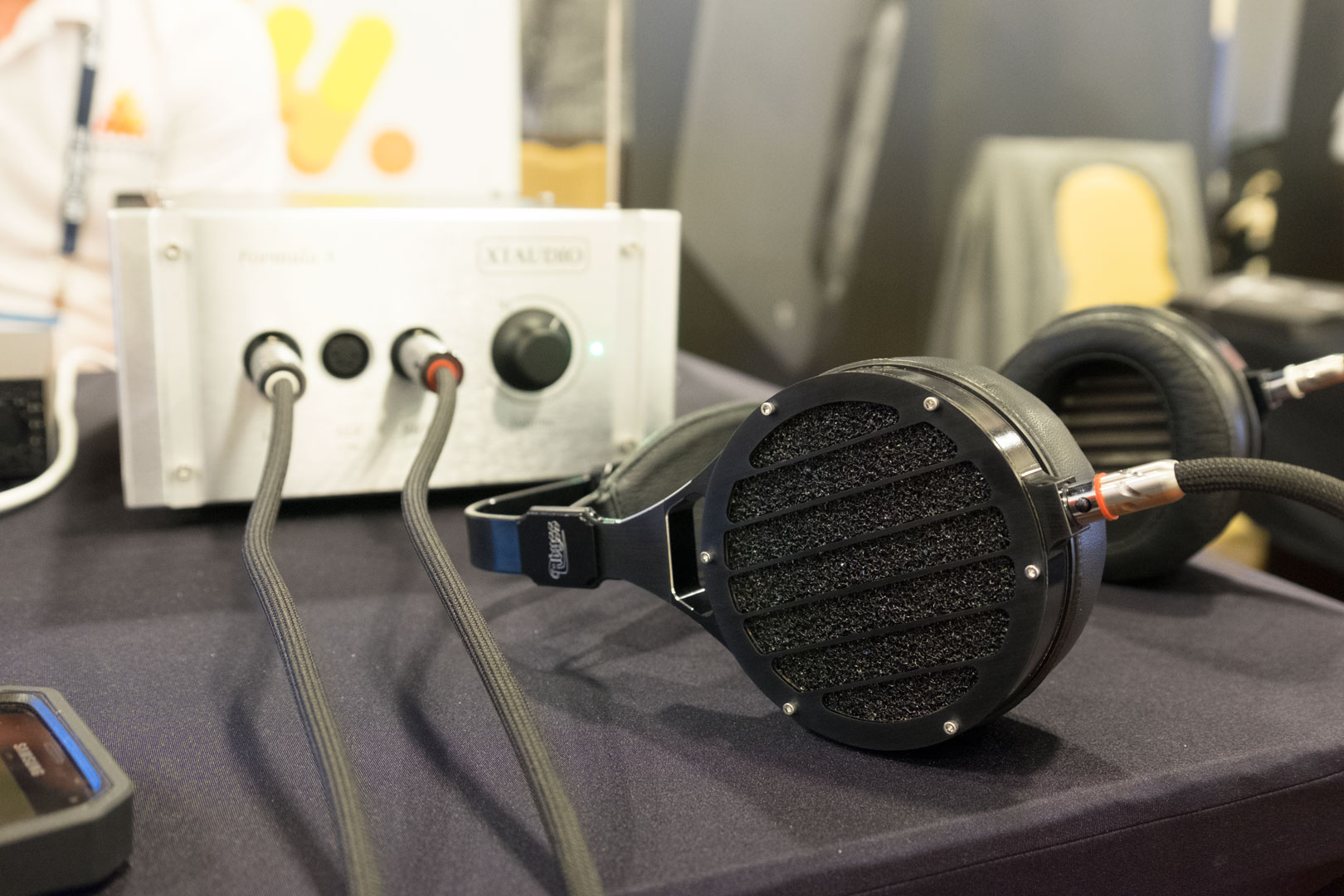


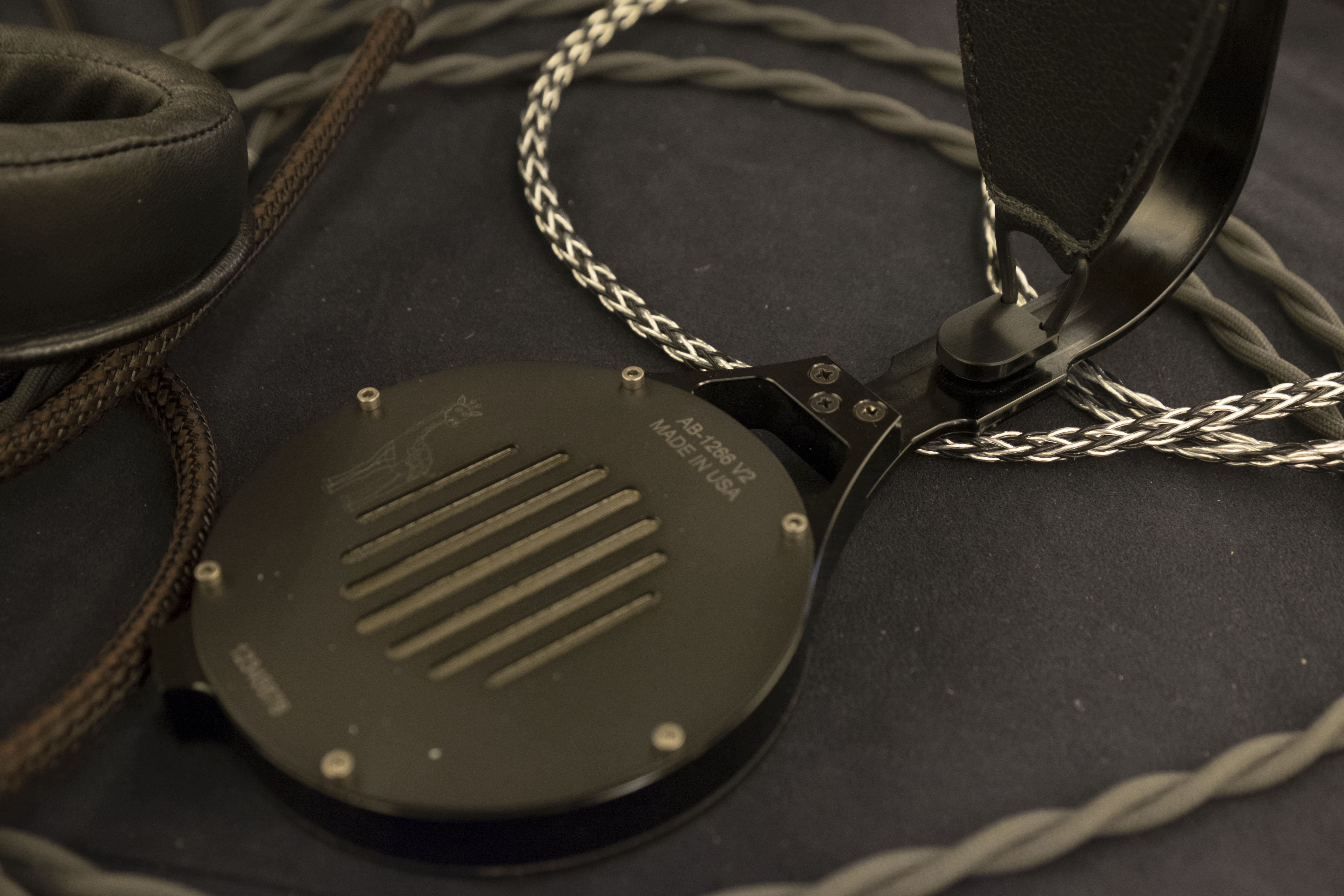

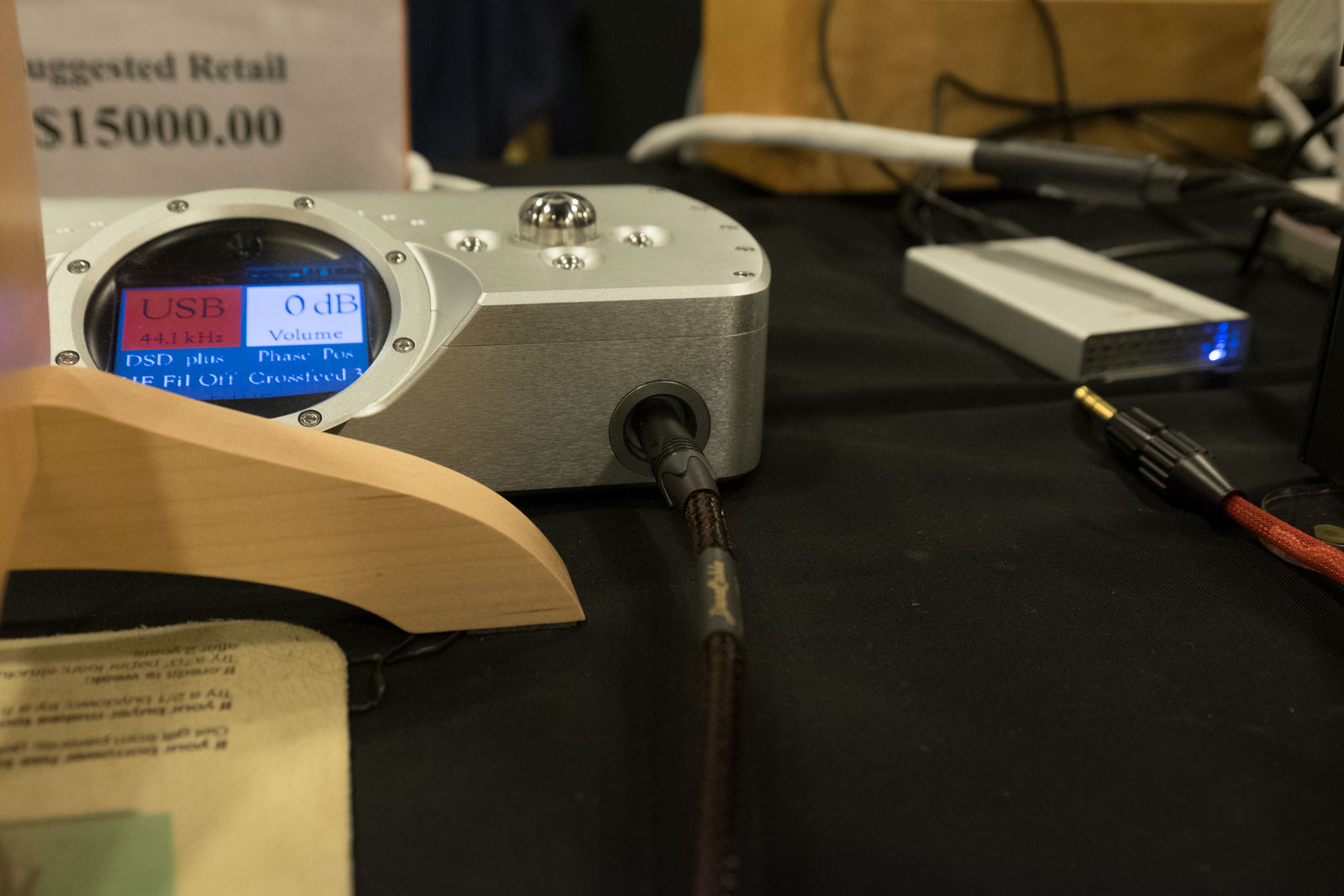
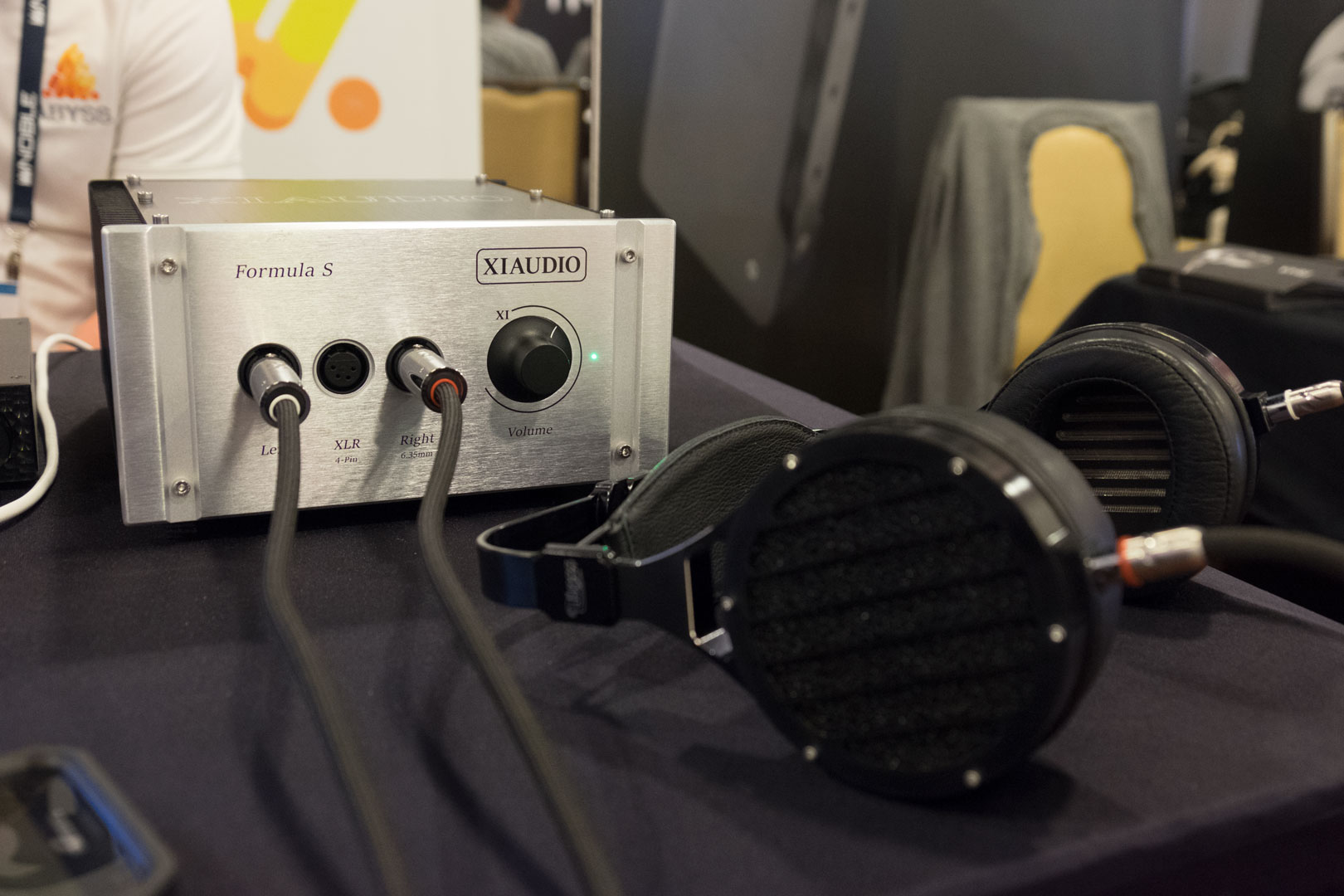


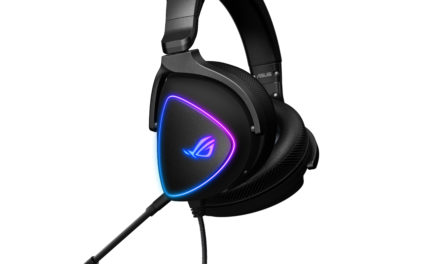


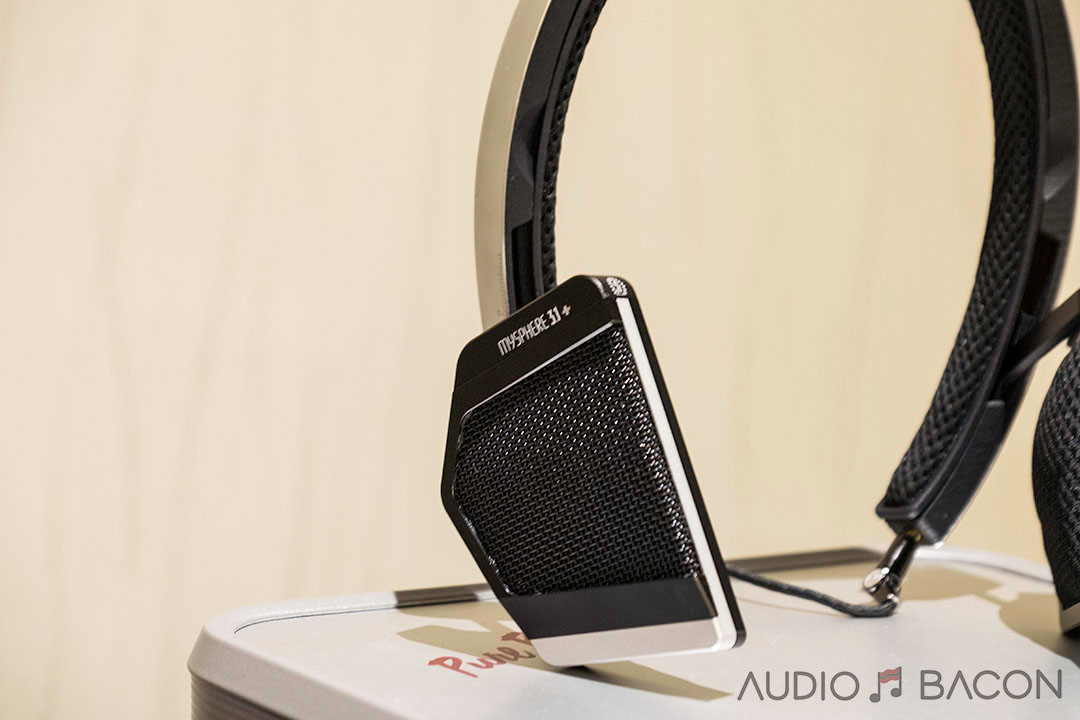

Hi Jay,
Did you try the Danacable Lazuli Reference cable, if so how did it compare with the JPS Superconductor cable
I did. The JPS Superconductor has a thicker sound while the Laz Ref has a cleaner sound. I think both complement the Phi depending on the amp being used. The DHC Complement4 sounded pretty good with the amp in the XIAudio in the review.
Hi Jay,
I have a pair of Utopias with aftermarket silver cables from Norne Audio.
I am both delighted and disappointed that the Voxativ 9.87 sounds so much better than the Utopias directly driven by BLUDAVE.
Do you think the Abyss Phi would be a better match?
Sometimes my wife tells me to “turn it down” and I have to switch to headphone and it is a real let down:(
Just upgraded my Abyss and hek’s with Purist Audio Design Silver Impresa Headphone Cables.
These Impresa cables are magical. One of the best matches for both headphones, and the depth and tones are pure and natural. Highly recommend!